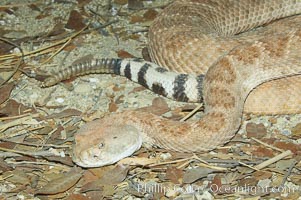
Western diamondback rattlesnake.
Species: Western diamondback rattlesnake, Crotalus atrox
Image ID: 12819
Species: Western diamondback rattlesnake, Crotalus atrox
Image ID: 12819
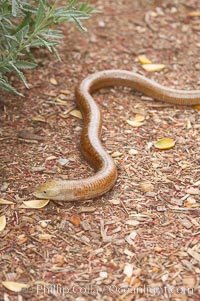
European glass lizard. Without legs, the European glass lizard appears to be a snake, but in truth it is a species of lizard. It is native to southeastern Europe.
Species: European glass lizard, Pseudopus apodus
Image ID: 12826
Species: European glass lizard, Pseudopus apodus
Image ID: 12826
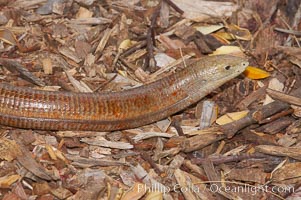
European glass lizard. Without legs, the European glass lizard appears to be a snake, but in truth it is a species of lizard. It is native to southeastern Europe.
Species: European glass lizard, Pseudopus apodus
Image ID: 12827
Species: European glass lizard, Pseudopus apodus
Image ID: 12827
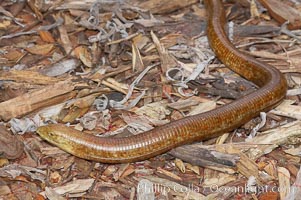
European glass lizard. Without legs, the European glass lizard appears to be a snake, but in truth it is a species of lizard. It is native to southeastern Europe.
Species: European glass lizard, Pseudopus apodus
Image ID: 12828
Species: European glass lizard, Pseudopus apodus
Image ID: 12828
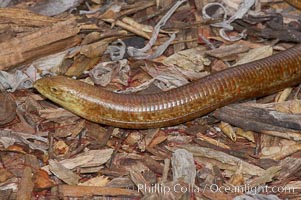
European glass lizard. Without legs, the European glass lizard appears to be a snake, but in truth it is a species of lizard. It is native to southeastern Europe.
Species: European glass lizard, Pseudopus apodus
Image ID: 12829
Species: European glass lizard, Pseudopus apodus
Image ID: 12829
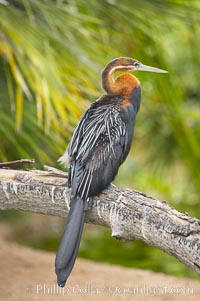
African darter. Darters are also known as snakebirds because they swim with only their heads and necks out of the water. A hinge mechanism at the birds eighth neck vertebra enables the bird to strike, snapping up insects on the water and stabbing fish. A stabbed fish is shaken loose, flipped up in the air and swallowed head first.
Species: African darter, Anhinga rufa rufa
Image ID: 12830
Species: African darter, Anhinga rufa rufa
Image ID: 12830
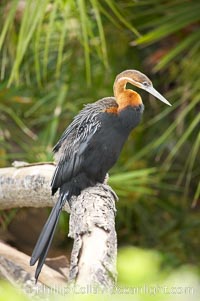
African darter. Darters are also known as snakebirds because they swim with only their heads and necks out of the water. A hinge mechanism at the birds eighth neck vertebra enables the bird to strike, snapping up insects on the water and stabbing fish. A stabbed fish is shaken loose, flipped up in the air and swallowed head first.
Species: African darter, Anhinga rufa rufa
Image ID: 12831
Species: African darter, Anhinga rufa rufa
Image ID: 12831
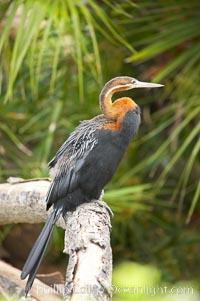
African darter. Darters are also known as snakebirds because they swim with only their heads and necks out of the water. A hinge mechanism at the birds eighth neck vertebra enables the bird to strike, snapping up insects on the water and stabbing fish. A stabbed fish is shaken loose, flipped up in the air and swallowed head first.
Species: African darter, Anhinga rufa rufa
Image ID: 12832
Species: African darter, Anhinga rufa rufa
Image ID: 12832
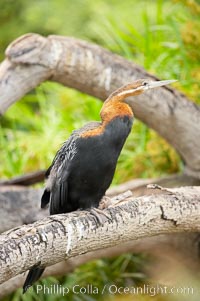
African darter. Darters are also known as snakebirds because they swim with only their heads and necks out of the water. A hinge mechanism at the birds eighth neck vertebra enables the bird to strike, snapping up insects on the water and stabbing fish. A stabbed fish is shaken loose, flipped up in the air and swallowed head first.
Species: African darter, Anhinga rufa rufa
Image ID: 12833
Species: African darter, Anhinga rufa rufa
Image ID: 12833
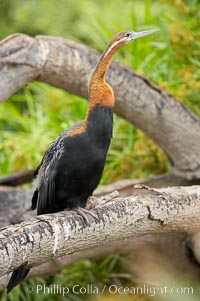
African darter. Darters are also known as snakebirds because they swim with only their heads and necks out of the water. A hinge mechanism at the birds eighth neck vertebra enables the bird to strike, snapping up insects on the water and stabbing fish. A stabbed fish is shaken loose, flipped up in the air and swallowed head first.
Species: African darter, Anhinga rufa rufa
Image ID: 12834
Species: African darter, Anhinga rufa rufa
Image ID: 12834
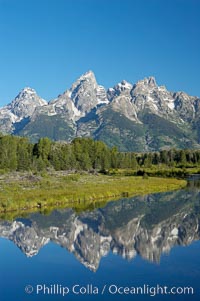
The Teton Range is reflected in the glassy waters of the Snake River at Schwabacher Landing.
Location: Schwabacher Landing, Grand Teton National Park, Wyoming
Image ID: 12983
Location: Schwabacher Landing, Grand Teton National Park, Wyoming
Image ID: 12983
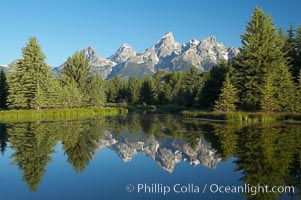
The Teton Range is reflected in the glassy waters of the Snake River at Schwabacher Landing.
Location: Schwabacher Landing, Grand Teton National Park, Wyoming
Image ID: 12986
Location: Schwabacher Landing, Grand Teton National Park, Wyoming
Image ID: 12986
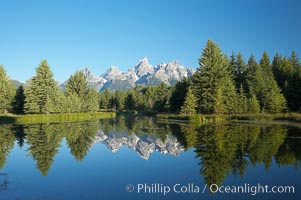
The Teton Range is reflected in the glassy waters of the Snake River at Schwabacher Landing.
Location: Schwabacher Landing, Grand Teton National Park, Wyoming
Image ID: 12987
Location: Schwabacher Landing, Grand Teton National Park, Wyoming
Image ID: 12987
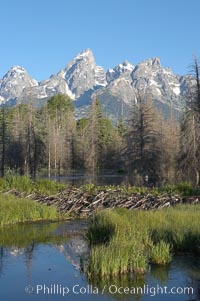
A beaver dam across a sidwater of the Snake River with the Teton Range seen behind.
Species: Beaver, Castor canadensis
Location: Schwabacher Landing, Grand Teton National Park, Wyoming
Image ID: 12988
Species: Beaver, Castor canadensis
Location: Schwabacher Landing, Grand Teton National Park, Wyoming
Image ID: 12988
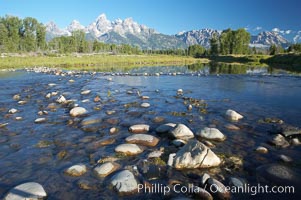
The Teton Range rises above river rocks in the Snake River at Schwabacher Landing.
Location: Schwabacher Landing, Grand Teton National Park, Wyoming
Image ID: 12989
Location: Schwabacher Landing, Grand Teton National Park, Wyoming
Image ID: 12989
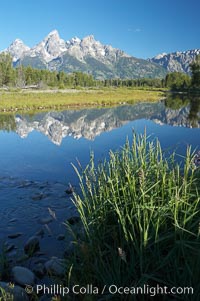
The Teton Range is reflected in the glassy waters of the Snake River at Schwabacher Landing.
Location: Schwabacher Landing, Grand Teton National Park, Wyoming
Image ID: 12990
Location: Schwabacher Landing, Grand Teton National Park, Wyoming
Image ID: 12990
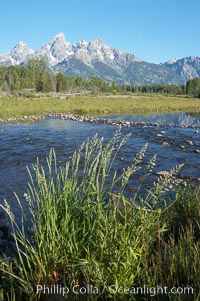
The Teton Range is reflected in the glassy waters of the Snake River at Schwabacher Landing.
Location: Schwabacher Landing, Grand Teton National Park, Wyoming
Image ID: 12992
Location: Schwabacher Landing, Grand Teton National Park, Wyoming
Image ID: 12992
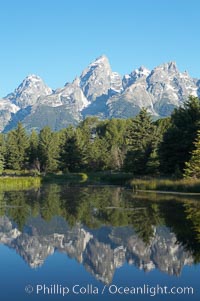
The Teton Range is reflected in the glassy waters of the Snake River at Schwabacher Landing.
Location: Schwabacher Landing, Grand Teton National Park, Wyoming
Image ID: 12993
Location: Schwabacher Landing, Grand Teton National Park, Wyoming
Image ID: 12993
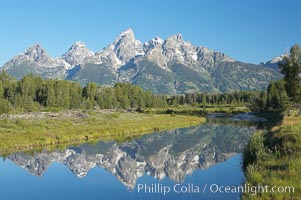
The Teton Range is reflected in the glassy waters of the Snake River at Schwabacher Landing.
Location: Schwabacher Landing, Grand Teton National Park, Wyoming
Image ID: 12995
Location: Schwabacher Landing, Grand Teton National Park, Wyoming
Image ID: 12995
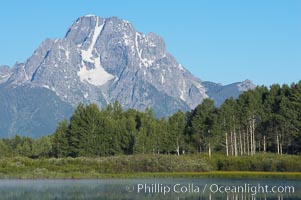
Mount Moran rises above the Snake River at Oxbow Bend.
Location: Oxbow Bend, Grand Teton National Park, Wyoming
Image ID: 13025
Location: Oxbow Bend, Grand Teton National Park, Wyoming
Image ID: 13025
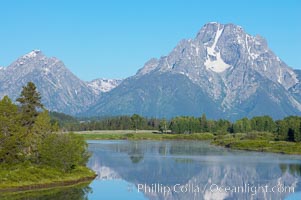
Mount Moran rises above the Snake River at Oxbow Bend.
Location: Oxbow Bend, Grand Teton National Park, Wyoming
Image ID: 13030
Location: Oxbow Bend, Grand Teton National Park, Wyoming
Image ID: 13030

Mount Moran rises above the Snake River at Oxbow Bend.
Location: Oxbow Bend, Grand Teton National Park, Wyoming
Image ID: 13031
Location: Oxbow Bend, Grand Teton National Park, Wyoming
Image ID: 13031

Mount Moran rises above the Snake River at Oxbow Bend.
Location: Oxbow Bend, Grand Teton National Park, Wyoming
Image ID: 13032
Location: Oxbow Bend, Grand Teton National Park, Wyoming
Image ID: 13032
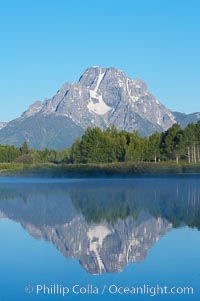
Mount Moran rises above the Snake River at Oxbow Bend.
Location: Oxbow Bend, Grand Teton National Park, Wyoming
Image ID: 13033
Location: Oxbow Bend, Grand Teton National Park, Wyoming
Image ID: 13033

Mount Moran rises above the Snake River at Oxbow Bend.
Location: Oxbow Bend, Grand Teton National Park, Wyoming
Image ID: 13034
Location: Oxbow Bend, Grand Teton National Park, Wyoming
Image ID: 13034
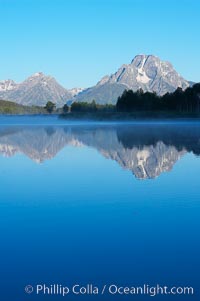
Mount Moran rises above the Snake River at Oxbow Bend.
Location: Oxbow Bend, Grand Teton National Park, Wyoming
Image ID: 13035
Location: Oxbow Bend, Grand Teton National Park, Wyoming
Image ID: 13035

Mount Moran rises above the Snake River at Oxbow Bend.
Location: Oxbow Bend, Grand Teton National Park, Wyoming
Image ID: 13036
Location: Oxbow Bend, Grand Teton National Park, Wyoming
Image ID: 13036
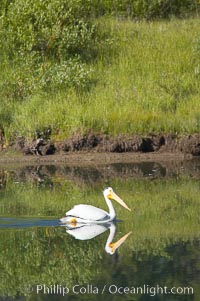
White pelican on the Snake River.
Species: White pelican, Pelecanus erythrorhynchos
Location: Grand Teton National Park, Wyoming
Image ID: 13054
Species: White pelican, Pelecanus erythrorhynchos
Location: Grand Teton National Park, Wyoming
Image ID: 13054

Yellowstone National Park, entrance sign at southern entrance, Snake River is visible in the background.
Location: Yellowstone National Park, Wyoming
Image ID: 13463
Location: Yellowstone National Park, Wyoming
Image ID: 13463
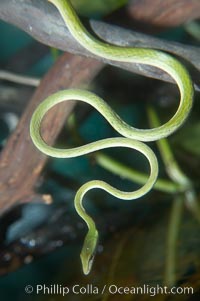
Gunthers whipsnake. These tree-dwelling snakes eat only fish. As a fish swims past, they strike it, delivering a mild venom that renders the fish immobile.
Species: Gunther's whipsnake, Ahaetulla fronticincta
Image ID: 13967
Species: Gunther's whipsnake, Ahaetulla fronticincta
Image ID: 13967